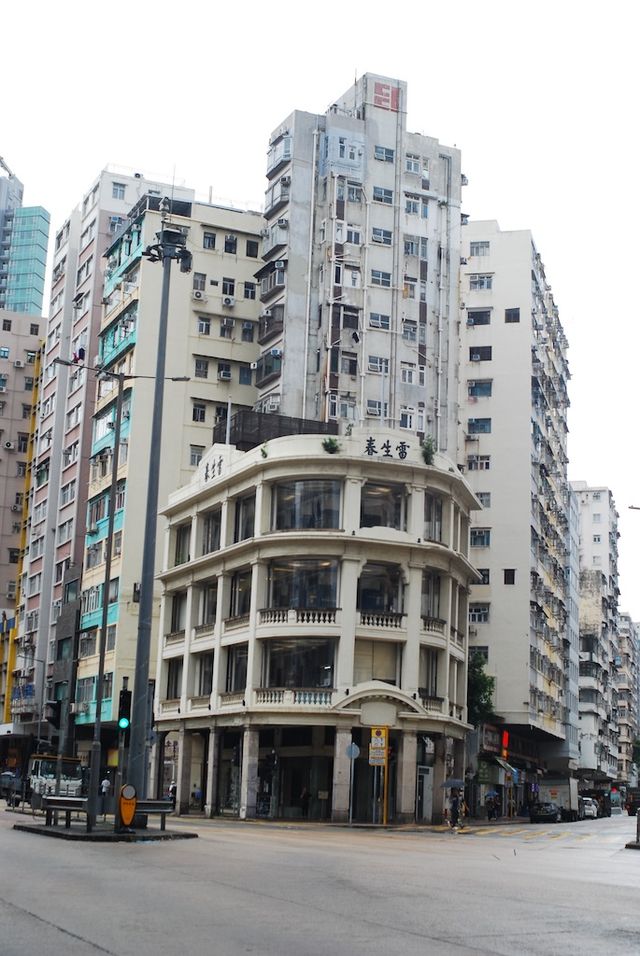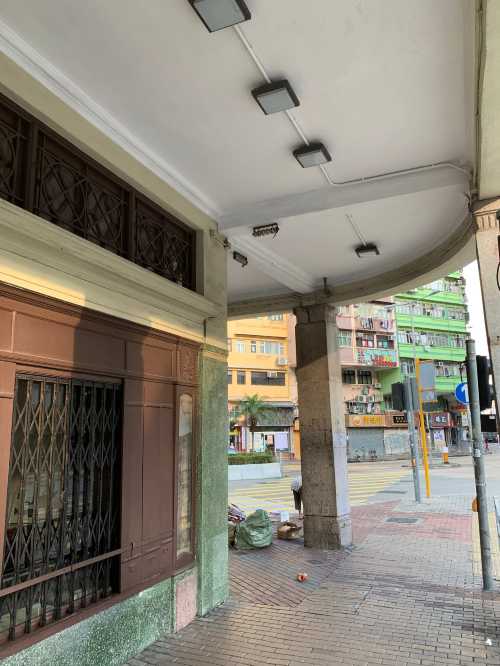Popular Trip Moments
A Harbour Transformed: Whimsical Giants Grace Victoria Harbour | Hong Kong.. | Hong Kong Hits: Monster Buildings, Sky-High Views & Epic Local Eats 😍 | Lounge Indulgence✨ | A Harbour's Duality | A Spectacle Afloat: Victoria Harbour’s Pop Culture Procession | Guangzhou/Shenzhen to Hong Kong and Macau, point-to-point transfers! Direct border crossing | Faraway Lakeside Holiday Chill Time: A Historical Tour of Tai O | Lamma Island 3-Day Slow Life Guide | The Fullerton Starlight Hall buffet recommended for families | The Wagyu Sukiyaki pot meat is super tender😍 | A Verdant Heart Forged from the Se | Fell in love with HK | Experimenting with Unlimited Salmon Roe at a Sukiyaki Specialty Restaurant | Tai Wai's paradise for dessert lovers xPizza fanatics 🔥Tera | Hong Kong Autumn Travel Guide Perfect for Traveling with Friends | Hong Kong 2-Day Autumn Travel Guide | Must-Visit Checklist | New Digital Exhibition at the Art Museum | Guangdong-Hong Kong-Macao Private Car Service | Fast Direct Access · Exclusive Ride with No Hidden Charges | Promise me! You must go here when the weather is good! | Concert transfers between Hong Kong and Shenzhen, Guangzhou, Zhuhai, Dongguan, Zhongshan, Huizhou | 🌊Genting Dream Limited Time Offer Set Sail | 3rd/4th Passenger Free Ferry‼ ️ | High-quality Italian restaurant recommendation in Quarry Bay | A place where industrial heritage is exquisitely revived and culture meets | Tsuen Wan Korean Restaurant: Delicious and Affordable | Exhibition of aerial photos of Kowloon Peninsula during the Japanese occupation of Hong Kong | Zhang Ailing's time with Repulse Bay | ✿ A must-try for Dirty coffee lovers! ✿ | Ma Wan 1868: From a fishing village to a destination for hipsters | Hong Kong Wagyu All-You-Can-Eat Guide🥩
Trending Travelogues
Recommended Attractions at Popular Destinations
Popular Attractions in Kuala Lumpur | Popular Attractions in Iguazu National Park(Argentina) | Popular Attractions in Walt Disney World Resort | Popular Attractions in Dubai | Popular Attractions in Paris | Popular Attractions in Los Angeles | Popular Attractions in Barcelona | Popular Attractions in Bangkok | Popular Attractions in Rome | Popular Attractions in London | Popular Attractions in Singapore | Popular Attractions in Osaka | Popular Attractions in New York | Popular Attractions in Zanzibar Island | Popular Attractions in Bali | Popular Attractions in Melbourne | Popular Attractions in Beijing | Popular Attractions in Shanghai | Popular Attractions in Sydney | Popular Attractions in Las Vegas | Popular Attractions in Tokyo | Popular Attractions in Chefchaouene | Popular Attractions in Kyoto | Popular Attractions in Phuket | Popular Attractions in West Lake | Popular Attractions in Chengdu | Popular Attractions in Florence | Popular Attractions in Madrid | Popular Attractions in Istanbul | Popular Attractions in Jungfrau Region
Popular Restaurants in Hong Kong
MING COURT | Lamma Rainbow Seafood Restaurant | Lai Ching Heen | Tin Lung Heen | Tosca di Angelo | Aqua | Yung Kee Restaurant | Luk Yu Tea House | Spring Moon | Kau Kee Restaurant | 8½ Otto e Mezzo BOMBANA | T’ANG COURT | Tsui Hang Village Tsimshatsui | SUN HANG YUEN | Chee Kei | One Harbour Road | Tak Fat Beef Ball | Sky726 | Hu tong | Shang Palace | LUNG KING HEEN | TASTY CONGEE & NOODLE WANTUN SHOP (IFC Branch) | Paper Moon | The Verandah | The Chairman | Ah Yat Harbour View Restaurant | Hing Kee Restaurant | Yat Tung Heen | Loaf On Cuisine | Sing Heung Yuen
Popular Ranked Lists
Top 10 Luxury Hotels near Recreio dos Bandeirantes | Top 10 Luxury Hotels near Jezerce | Top 50 Luxury Hotels near Fukushima | Top 50 Must-Visit Restaurants in Songyang | Popular Luxury Hotels in Astana | Popular Luxury Hotels Near Fort William | Top 50 Best Things to Do in New York | Top 50 Must-Visit Restaurants in Bruges | Top 50 Best Things to Do in Busan | Top 50 Must-Visit Restaurants in Kyoto | Top 50 Must-Visit Restaurants in Fukuoka | Top 10 Best Things to Do in Warsaw | Popular Luxury Hotels in Kavrepalanchok | Top 20 Best Things to Do in Kota Kinabalu | Top 50 Must-Visit Restaurants in Tokyo | Top 50 Must-Visit Restaurants in Hanoi | Top 10 Luxury Hotels near Thermi | Popular Premium Hotels in Yamanakako | Top 10 Best Things to Do in Okinawa | Top 50 Must-Visit Restaurants in Shanghai | Top 50 Best Things to Do in Edinburgh | Top 10 Luxury Hotels near Manzanillo | Popular Luxury Hotels in Nyeri | Top 50 Best Things to Do in Seogwipo | Top 10 Best Things to Do in Kamakura | Top 10 Best Things to Do in Kanazawa | Popular Luxury Hotels in Oslo | Top 50 Must-Visit Restaurants in Chaozhou | Top 50 Best Things to Do in Barcelona | Top 50 Luxury Hotels near Tonosho
About
Payment methods
Our partners
Copyright © 2025 Trip.com Travel Singapore Pte. Ltd. All rights reserved
Site Operator: Trip.com Travel Singapore Pte. Ltd.
Site Operator: Trip.com Travel Singapore Pte. Ltd.




















